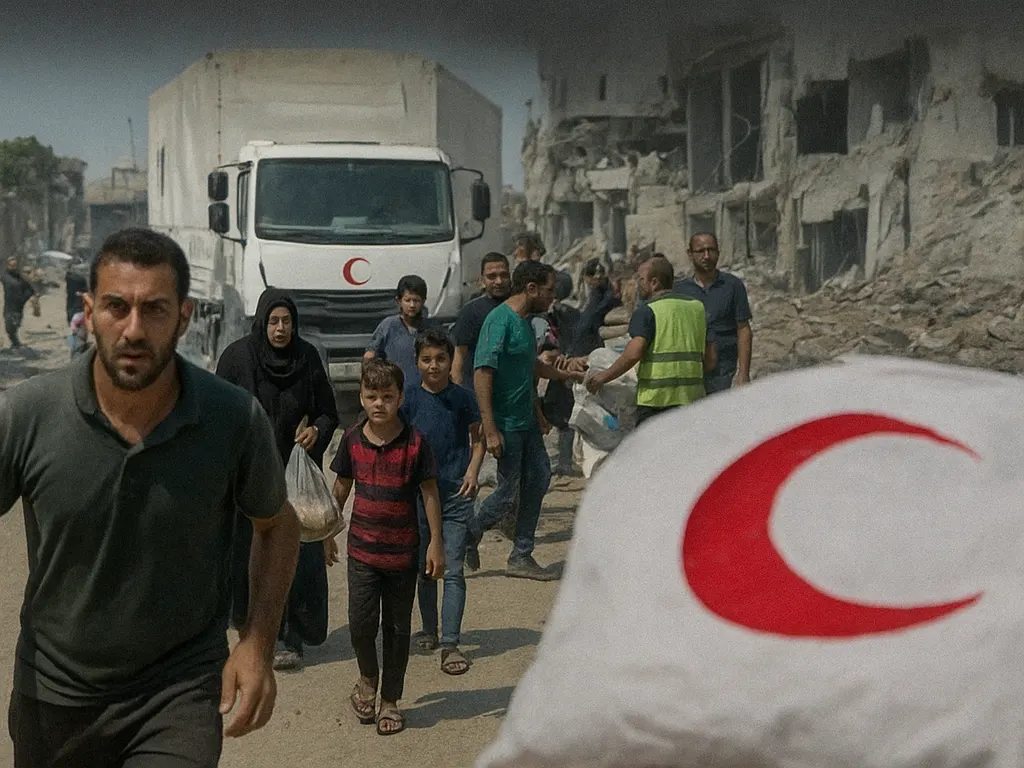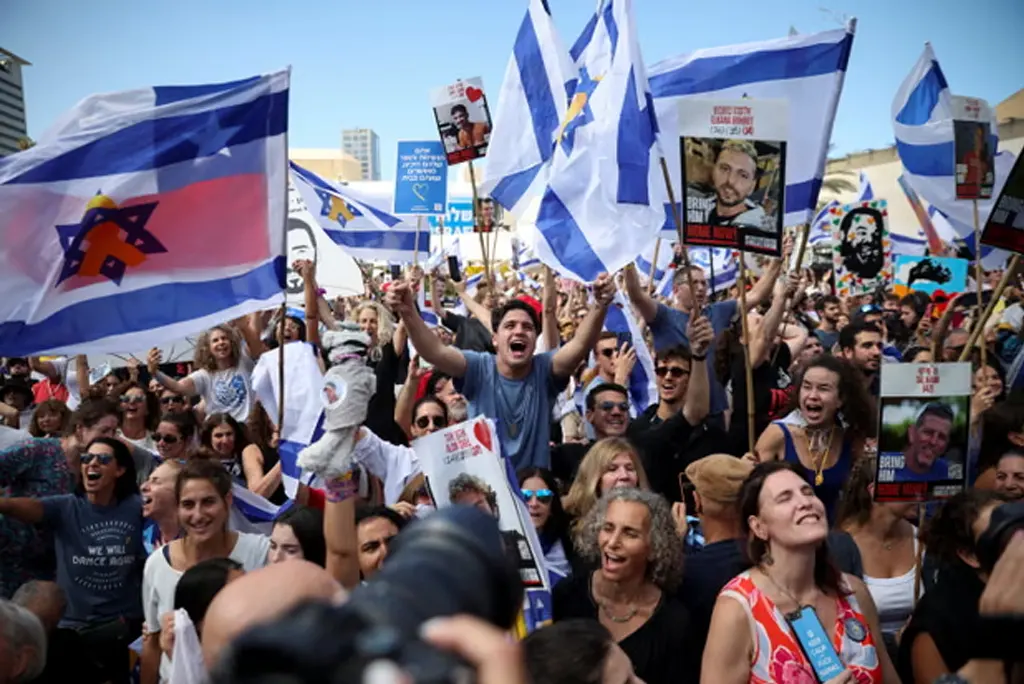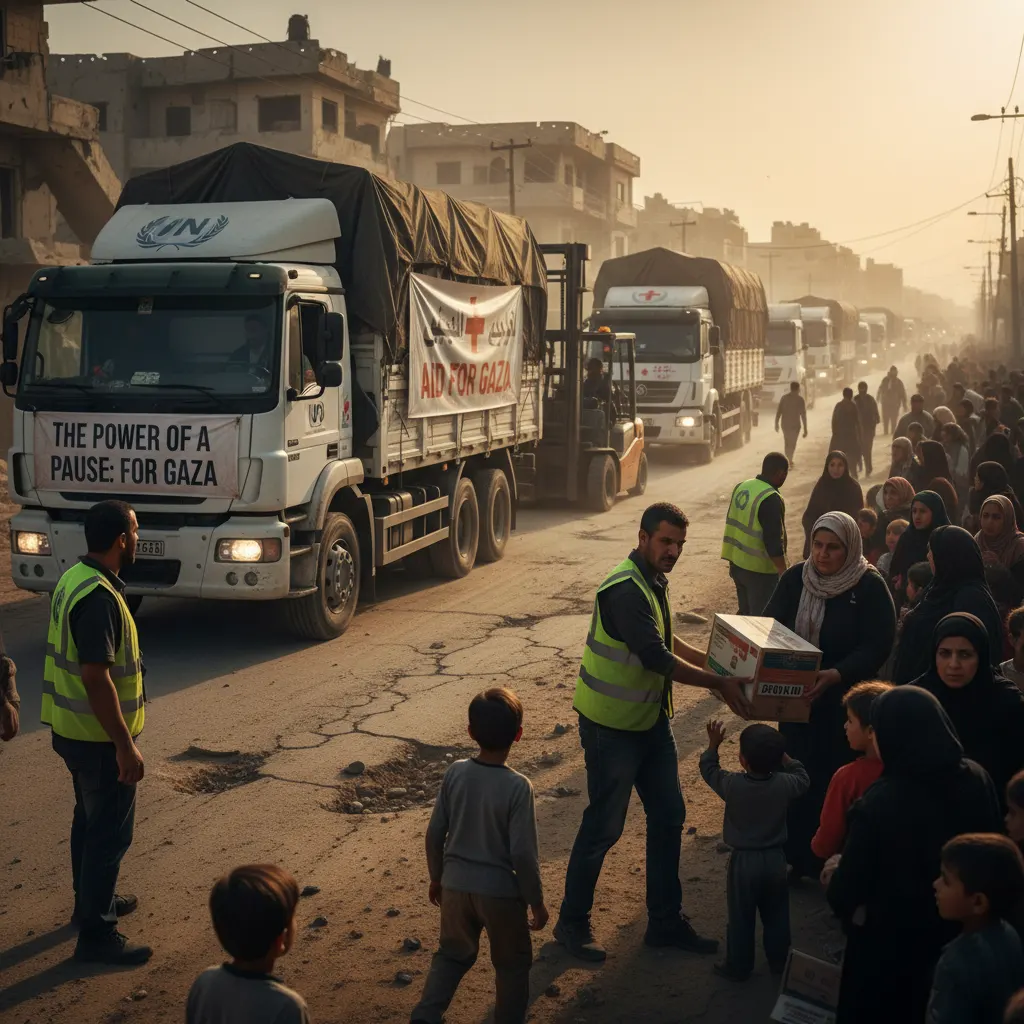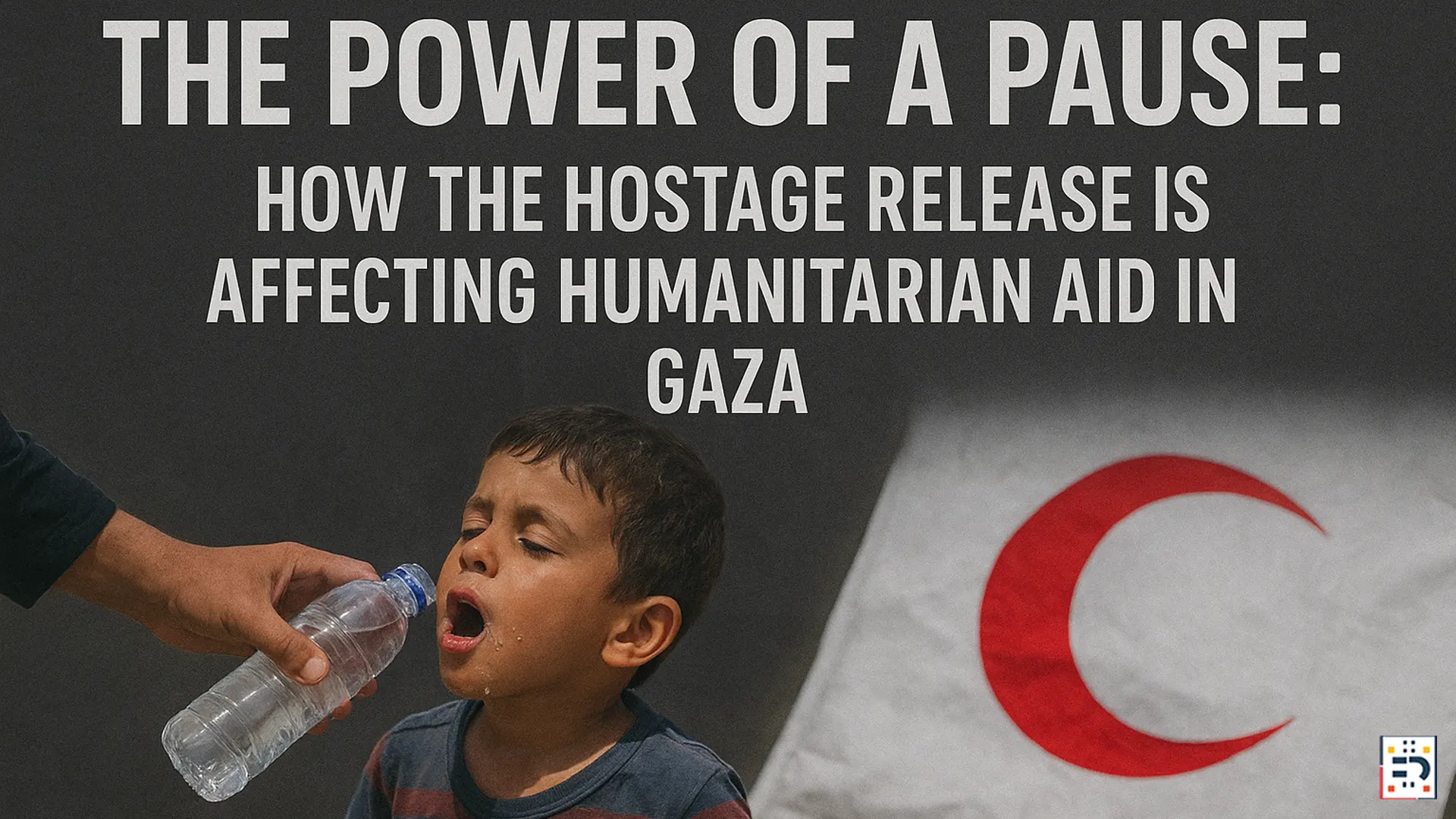Introduction
In one of the most significant developments in the Israel-Gaza conflict, a temporary pause has emerged following the U.S.-brokered hostage release agreement. For the first time in months, humanitarian aid is beginning to flow more freely into Gaza, offering a glimpse of relief to millions caught in the middle of devastation. This pause, however temporary, has reshaped the dynamics of humanitarian access, international diplomacy, and U.S. foreign policy.
As The Guardian reports, Israel expects all 20 remaining hostages to be freed from Gaza as part of the ceasefire. In return, nearly 2,000 Palestinian prisoners are being released under the terms of a U.S.-mediated exchange. This fragile ceasefire, while uncertain, has created a window for humanitarian organizations to deliver desperately needed aid to Gaza’s civilian population.
Why the Pause Matters
A pause in hostilities does far more than halt the fighting. It provides the breathing space humanitarian organizations need to deliver life-saving supplies, restore critical infrastructure, and negotiate further access to affected communities.
Before the deal, aid convoys faced impossible odds—border closures, damaged roads, and near-constant bombardment. Many humanitarian agencies, including the UN World Food Programme and UNICEF, warned that Gaza was approaching famine conditions. Now, as UNICEF USA notes, there’s an urgent push to scale up aid deliveries, especially for children suffering from acute malnutrition and trauma.
However, as AP News highlights, even amid this pause, challenges persist. Several food sites run by the U.S.- and Israeli-backed Gaza Humanitarian Foundation (GHF) have been temporarily shut down during the transition, exposing the logistical chaos and political complexity that accompany such high-stakes operations.

The U.S. Role: Strategic Diplomacy and Humanitarian Leverage
The United States has emerged as the pivotal actor in brokering the ceasefire and facilitating humanitarian access. According to The Times of India, the U.S. has deployed 200 troops to Israel to help coordinate humanitarian logistics and ensure safe delivery routes for aid convoys.
This move underscores several layers of American interest:
- Diplomatic Credibility: After facing global criticism over its strong support for Israel, Washington’s involvement in securing the ceasefire serves as an attempt to reassert diplomatic balance.
- Humanitarian Leadership: The U.S. remains one of the world’s largest funders of UN humanitarian agencies, including UNRWA and USAID operations in the region.
- Political Timing: With the 2025 U.S. presidential race intensifying, how the Biden administration manages the Gaza crisis could influence public sentiment, particularly among younger and progressive voters demanding stronger humanitarian responses.
Moreover, the deal’s structure aligns with parts of the Trump-era Gaza peace plan, which sought to combine hostage release efforts with humanitarian access—a strategy revisited under current diplomatic frameworks, as detailed by AP News.
How the Hostage Release Changes Humanitarian Dynamics
The ongoing ceasefire has redefined how humanitarian operations function within Gaza. Previously, the Israeli blockade and active combat made even the smallest convoy an enormous risk. Now, for the first time in months, up to 600 trucks per day are being allowed entry, according to The Guardian.
| Mechanism | Positive Impact | Ongoing Risk |
|---|---|---|
| Open Corridors | Easier access for food, water, and fuel deliveries | Ceasefire could break, closing crossings instantly |
| Improved Logistics | Repairs to key roads and warehouses enable faster aid | Bombed infrastructure limits capacity |
| Safety for Workers | Temporary lull allows safer aid operations | Sporadic clashes or airstrikes remain a threat |
| Psychological Relief | Restores morale among civilians and aid teams | Fragile hope may fade if violence resumes |
As The Washington Post reports, over 2,500 people have been killed or injured trying to reach aid sites, underscoring the dangers that persist even amid humanitarian pauses.

Challenges That Remain
Despite progress, the path ahead remains precarious.
- Fragility of the Truce: Ceasefires in Gaza are often short-lived; renewed conflict could instantly reverse humanitarian gains.
- Distribution Inequality: Aid may disproportionately reach certain districts depending on political control and accessibility.
- Infrastructure Collapse: Hospitals, water systems, and roads remain severely damaged, limiting sustainable aid delivery.
- Fuel and Supply Shortages: Without consistent fuel imports, refrigeration, medical care, and logistics cannot function.
- Political Manipulation: Both Israeli and Hamas factions may use aid flow as leverage for negotiation or propaganda.
- Misinformation and Oversight: Ensuring that aid reaches civilians—not militant groups—remains a critical U.S. concern.
Why It Matters to the United States
For American readers and policymakers, this crisis is not distant—it’s directly tied to U.S. diplomatic credibility, military engagement, and global humanitarian reputation.
- Humanitarian Obligation: The U.S. funds nearly 30% of the UN’s humanitarian budget. Failure to uphold aid commitments would damage credibility.
- Regional Stability: The ceasefire’s success impacts broader Middle East stability, including relationships with Egypt, Jordan, and Gulf partners.
- Domestic Politics: Humanitarian issues are influencing U.S. electoral narratives, shaping debates about defense spending and moral responsibility.
- Counterterrorism and Security: Stabilizing Gaza reduces the risk of extremist resurgence, protecting both regional allies and U.S. interests abroad.
The Human Cost: A Story of Endurance
Every statistic in Gaza represents a life—families separated, children malnourished, hospitals running without power. Yet amid devastation, resilience persists. Aid workers continue distributing supplies, medics reopen clinics, and international teams rebuild infrastructure one block at a time.
For civilians, the hostage release and ceasefire represent hope: a pause to grieve, reunite, and rebuild. But as history warns, without sustained political and humanitarian follow-through, even the strongest ceasefires can unravel.

Looking Forward
What happens next will define the long-term humanitarian outlook in Gaza:
- Will the ceasefire hold beyond the initial window?
- Can aid sustain itself amid political uncertainty?
- How will U.S. domestic politics affect ongoing commitments?
If managed effectively, this pause could serve as the foundation for broader stabilization efforts. But failure would deepen the humanitarian crisis and erode confidence in diplomatic solutions.
The power of a pause lies in what it allows: time to heal, time to rebuild, and time to rethink the cost of conflict. The U.S.-supported hostage release deal has created such a moment in Gaza—a fragile, fleeting opportunity to deliver aid and rebuild trust. Whether this becomes a bridge to peace or another lost chance depends on how world leaders, especially in Washington, act now.
#Gaza #HostageRelease #HumanitarianAid #Ceasefire #USForeignPolicy #MiddleEast #GazaCrisis #PeaceEfforts #AidRelief #BidenAdministration


